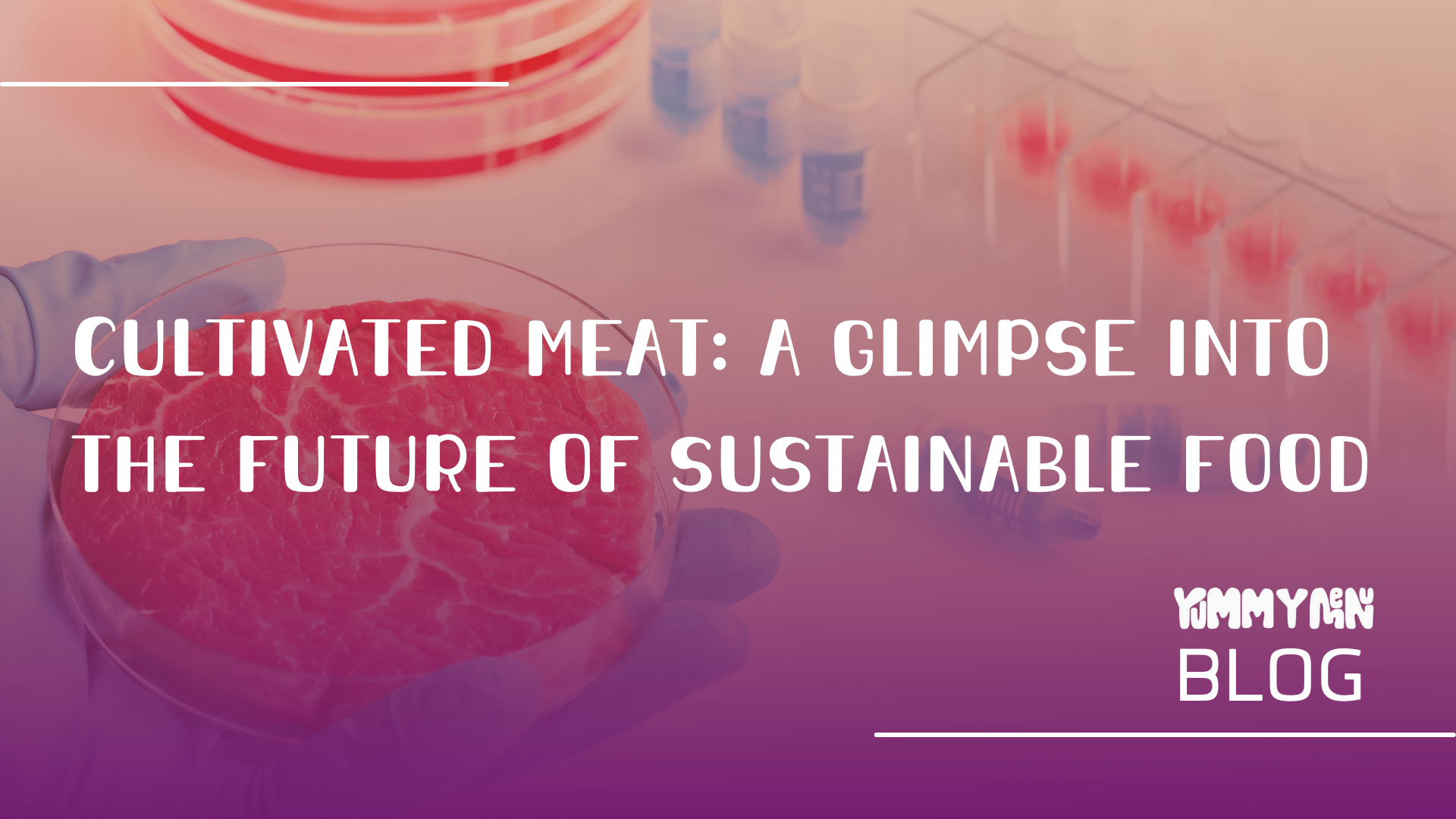
Cultivated Meat: A Glimpse into the Future of Sustainable Food
The way we produce and consume meat is undergoing a revolutionary transformation, one that holds immense promise for addressing some of the most pressing challenges facing our planet today, from climate change to food security. The innovation I'm referring to is cultivated meat, sometimes referred to as lab-grown meat or cell-based meat. In this blog post, we'll delve into the fascinating world of cultivated meat, exploring how it works, its potential benefits, and the ethical considerations surrounding this groundbreaking technology.
The Birth of Cultivated Meat
Cultivated meat is not a product of science fiction but a reality that has been decades in the making. It all began with the idea of producing meat without the need to raise and slaughter animals. The concept took root in the early 20th century but gained significant momentum in the last decade, thanks to advances in tissue engineering, cell biology, and biotechnology.
How Does It Work?
Cultivated meat starts with a small sample of animal cells, typically obtained via a harmless biopsy from a living animal. These cells contain the same muscle tissue that forms traditional meat. Once collected, these cells are placed in a nutrient-rich culture medium that provides the necessary conditions for cell growth. Over time, the cells multiply and develop into muscle tissue, creating what we recognize as meat.
The process may seem intricate, but it's essentially a controlled environment that mimics the conditions within an animal's body, minus the entire animal. This approach not only reduces the ethical concerns associated with animal agriculture but also has the potential to significantly reduce the environmental impact of meat production.
Benefits of Cultivated Meat
Environmental Sustainability: Traditional livestock farming is a major contributor to greenhouse gas emissions, deforestation, and habitat destruction. Cultivated meat has the potential to drastically reduce these negative environmental impacts, as it requires fewer resources and generates fewer emissions.
Animal Welfare: Cultivated meat eliminates the need for factory farming and the suffering endured by animals raised for meat. It offers a more humane alternative by sparing animals from confinement, overcrowding, and slaughter.
Food Security: As the global population continues to grow, traditional meat production may struggle to meet the demand for protein. Cultivated meat offers a more efficient way to produce protein, helping to ensure food security for a growing world population.
Healthier Options: Scientists can control the composition of cultivated meat, potentially making it healthier by reducing saturated fats and cholesterol while increasing essential nutrients.
Challenges and Ethical Considerations
While the promise of cultivated meat is compelling, there are still significant challenges to overcome. The technology is currently expensive and requires further development to make it accessible to the masses. Additionally, regulatory approval and public acceptance are ongoing concerns.
Ethical considerations also come into play, such as the origin and treatment of the initial cells used to create cultivated meat and the potential impact on traditional livestock farmers. These issues need careful consideration as we navigate this new frontier.
Cultivated meat represents a bold and transformative step towards a more sustainable and ethical future for food production. It has the potential to alleviate many of the environmental and ethical concerns associated with traditional meat production. While challenges remain, ongoing research and innovation in this field offer hope for a more sustainable and compassionate food system. As cultivated meat continues to evolve, it may very well become a key component of our efforts to feed a growing global population while preserving the planet for future generations.
